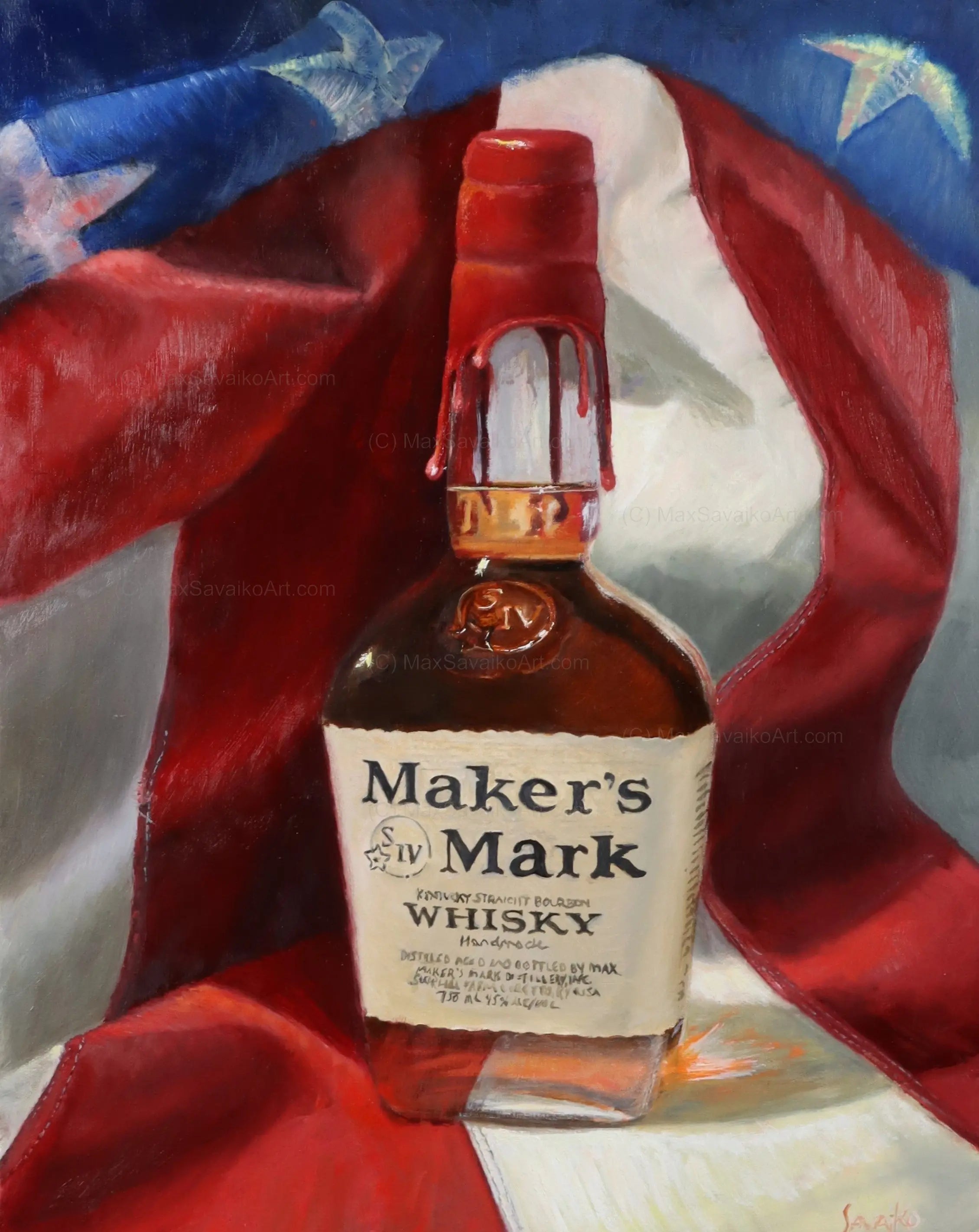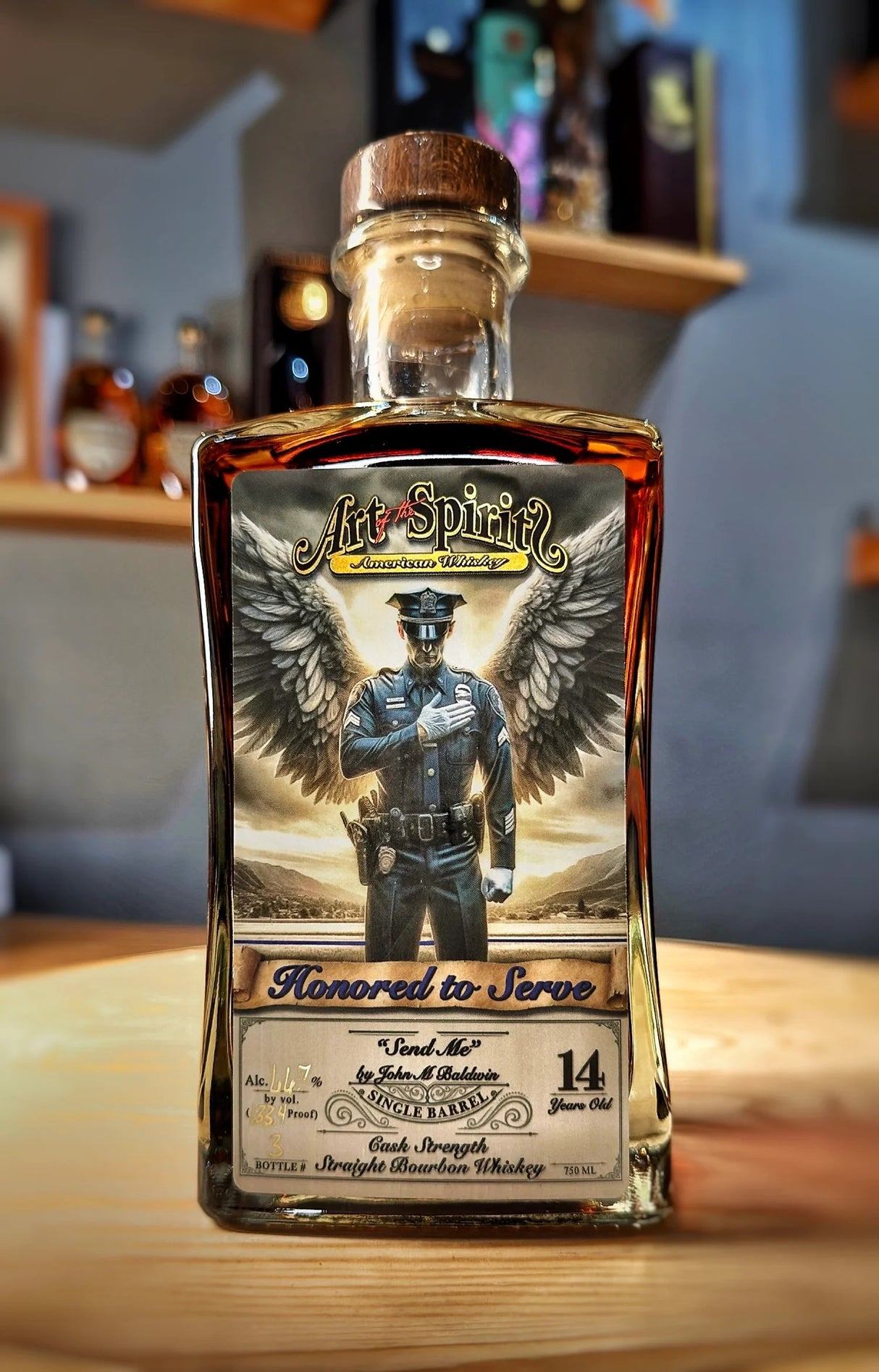The Allure of Realism Art: A Deep Dive into Whiskey's Rich Heritage
The Allure of Realism Art: A Deep Dive into Whiskey's Rich Heritage
Blog Article
Recording the Essence of Scotch Art Via One-of-a-kind Visual Depictions and Styles
The art of whiskey prolongs beyond the liquid itself, materializing through a selection of aesthetic depictions that encapsulate its fabled heritage and workmanship. From the thorough layout of labels that share brand name stories to evocative digital photography that catches the spirit's appeal, each creative expression serves to improve the customer's trip. As the industry embraces modern fads, the discussion bordering these depictions becomes intricate and significantly rich, meaning deeper links between society and creativity. What stays to be revealed is exactly how these evolving designs show not just the bourbon itself but likewise the transforming landscape of artistic analysis.
The Background of Scotch Art

As bourbon manufacturing spread, so as well did the wish to elevate its experience with art. From the elaborate inscriptions on very early barrels to the intricate tags of modern containers, each element reflects a special creative vision, acting as a visual narrative of the bourbon's heritage.
In the 18th and 19th centuries, the rise of the industrial revolution better boosted whiskey art, causing cutting-edge packaging and marketing that caught consumer interest. Artists and designers started trying out appearances, imbuing whiskey-related images with symbolic meanings that shared notions of area, tradition, and craftsmanship.
Today, bourbon art remains to advance, mixing traditional techniques with modern art forms. Realism Art. This ongoing dialogue in between the spirit and its graph emphasizes the enduring bond between bourbon and culture, enhancing the general experience for lovers worldwide
Iconic Bottle Styles
While many elements contribute to the appeal of scotch, iconic bottle designs play a crucial role fit consumer assumption and improving the total experience. The aesthetic presentation of scotch bottles is not simply an aesthetic factor to consider; it works as a bridge in between the product and the customer, stimulating emotions and establishing expectations.
Unique forms, materials, and closures can elevate a bourbon brand's identification, making it immediately well-known on jampacked shelves. The traditional Glenfiddich bottle, with its classy tapered silhouette, communicates a feeling of custom and workmanship, while the bold, modern design of the Balvenie container mirrors technology and class. Moreover, the use of tinted glass or special structures can recommend the high quality and character of the whiskey within.
Famous layouts frequently integrate components of social heritage, representing the brand name's history and link to its roots. Brands like Jack Daniel's make use of an uncomplicated, durable style that reverberates with its American scotch heritage. Eventually, the influence of bottle layout extends past mere capability; it encapsulates the essence of the brand, welcoming consumers to check out and indulge in the rich tapestry of whiskey culture.
Tag Artwork and Branding
Container styles frequently set the stage wherefore customers can anticipate, but label artwork and branding play a similarly considerable role in connecting a whiskey's identity. The label offers as the very first factor of contact in between the consumer and the item, encapsulating the essence of the bourbon within its visual components.
Effective tag art work integrates shade, typography, and images to create a narrative that resonates with the brand name's heritage and target audience. As an example, a tag featuring vintage font styles and complex pictures might evoke a sense of practice and craftsmanship, attracting aficionados. On the other hand, strong colors and contemporary layout aspects might draw in a more youthful demographic looking for technology and enjoyment.


Digital Photography and Visual Narration
Recording the essence of bourbon with photography and visual narration is an art kind that boosts the brand experience. This medium transcends simple product depiction, diving into the detailed stories that surround each bottle. By employing engaging imagery, professional photographers can stimulate feelings that resonate with customers, ultimately building a much deeper link to the whiskey brand.
Aesthetic storytelling in whiskey photography usually makes use of abundant appearances, lights, and structure to highlight the one-of-a-kind attributes of the spirit. The interplay of light and shadow can highlight the brownish-yellow colors of whiskey, while the selection of history components-- such as rustic barrels or sophisticated glass wares-- can strengthen the brand's heritage or way of living associations.
Additionally, catching the ceremonial aspects of bourbon consumption, from the putting to the sampling, invites visitors into a sensory experience, enabling them to picture the flavors and scents that await. Each photograph not just showcases the item however additionally narrates of craftsmanship, custom, and the moments more helpful hints that whiskey can improve - Whiskey Art. Hence, digital photography ends up being an effective tool in articulating the identification of scotch brands, positioning them within the broader cultural landscape
Arising Fads in Bourbon Art
The development of scotch art is progressively formed by contemporary fads that mirror more comprehensive social changes and consumer choices. This change not just highlights the relevance of sustainability but additionally boosts the story bordering bourbon production.
Additionally, digital art has risen in appeal, enabling for innovative representations of whiskey. Artists are leveraging innovation to craft immersive experiences, such as augmented fact installments that involve visitors and supply a deeper understanding of bourbon's social relevance. This pattern additionally extends to social media sites platforms, where aesthetically striking content garners attention and fosters neighborhood among enthusiasts.
Additionally, partnerships in between whiskey brand names and artists are ending up being much more widespread. These collaborations produce limited-edition packaging styles and special artworks that commemorate both the workmanship of scotch and go to this website the creativity of artists. As bourbon art remains to advance, these arising patterns will most certainly form its future, promoting a dynamic crossway of culture, sustainability, and technology within the whiskey area.
Verdict
To conclude, the art of whiskey incorporates a varied array of graphes that show its rich heritage and craftsmanship. From iconic container designs and detailed label art work to engaging photography, each element adds to a more comprehensive story that Resources improves the customer's experience. As emerging patterns, such as digital art and sustainability, remain to form this imaginative landscape, the complex identification of whiskey stays a withstanding source of cultural link and expedition.

In verdict, the art of scotch encompasses a varied range of visual depictions that mirror its abundant heritage and craftsmanship.
Report this page